August 2, 2025 | 14:23 GMT +7
August 2, 2025 | 14:23 GMT +7
Hotline: 0913.378.918
August 2, 2025 | 14:23 GMT +7
Hotline: 0913.378.918
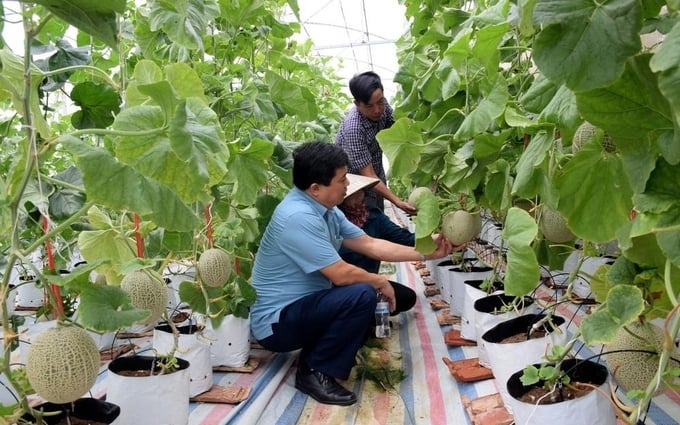
Do not mistakenly think high-tech agriculture requires net houses. Photo: Xuan Hoang.
First, it is necessary to understand that high-tech agriculture is agriculture that applies new and advanced technologies to improve production efficiency, create breakthroughs in productivity and quality, satisfy the increasing needs of society, and ensure sustainable agricultural development.
High technology application in agriculture today mainly focuses on investing heavily in biotechnology to create new plant and animal varieties with increased productivity and quality using many methods such as cell tissue culture, causing genetic mutations..., followed by agricultural industrialization to bring mechanization into all stages from production to harvesting, processing, preservation... and applying advanced farming processes to production such as organic agriculture, circular agriculture, green agriculture, smart agriculture, and agricultural production in net houses and greenhouses.
Agricultural production in greenhouses and greenhouses that is and is not possible in Nghe An needs to be re-evaluated objectively and scientifically so as not to cause unnecessary waste. In reality, the production results on many areas of net houses and greenhouses recently in Nghe An have not brought about the desired effect, mainly stopping at the model thanks to the manufacturer's support.
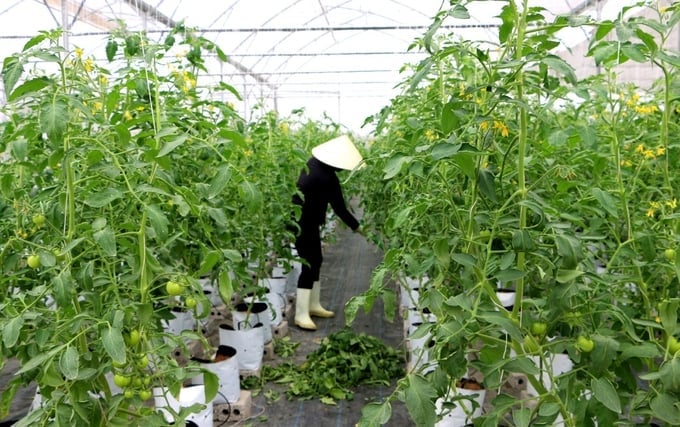
Must consider each climate condition, soil, crop, investment ability, and technology... to decide whether to invest in building a net house or greenhouse. Photo: Trung Thanh.
According to Mr. Le The Hieu - Head of the Department of Agriculture and Rural Development of Dien Chau district, The district currently has 42 agricultural production models in net houses and greenhouses, with an average of about 1,000 m2 per model. In particular, Mr. Hoang Van Huong's net house model in Dien Thanh commune was invested on a huge scale with an area of up to 3 hectares, but now only 2,000 square meters remain.
According to Mr. Huong's explanation, due to the high investment cost of building a net house, the production cost of the product has increased. If the product is sold at a high price, it will be challenging to sell. If it is sold at a low price, it will make a loss, so the area must be narrowed down.
We need to know that not every place where plants (mainly vegetables, tubers, fruits, and ornamental flowers) are planted in greenhouses or greenhouses will give good results and high economic efficiency. Choosing a farming system in greenhouses, greenhouses, or outdoor production depends on the type of crop, soil conditions, weather, climate in each region, production purpose, and investment ability.
Nghe An is a province with a large population and a climate with two distinct seasons: Hot, dry season, and strong southwest wind. Next comes the season of heavy rain, flooding, and storms, making it difficult to avoid the effects of adverse weather. With that characteristic, in the summer, the greenhouse is no different from a "kiln" not favorable for crop growth, and working in the greenhouse in the summer is also very stuffy and difficult.
Meanwhile, greenhouses and net houses can easily "fall prey" to storms and floods in the rainy season. That's not to mention our production models in net houses and greenhouses, mainly to cover the rain and prevent insects from destroying them. Therefore, production efficiency is not high, not to mention the unsuitable crops grown in greenhouses or greenhouses such as Taiwanese guava and Thai jackfruit...
In our country, the locality with the largest net house and greenhouse area in the country is Lam Dong province, with more than 4,400 hectares, of which Da Lat city alone has up to 2,550 hectares, accounting for 57% of the entire net house and greenhouse area.
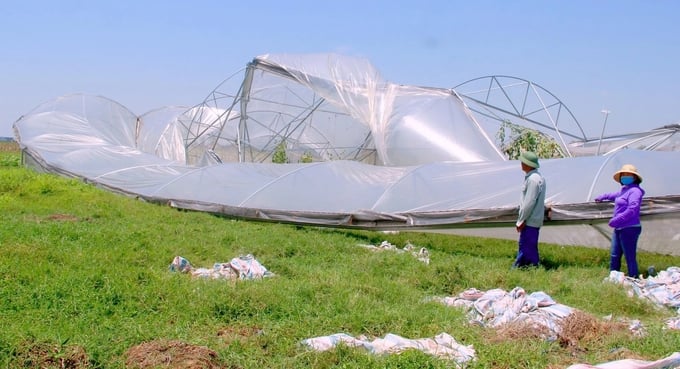
A greenhouse in Nghi Lien commune (Vinh City, Nghe An) collapsed due to heavy rain and tornadoes in early May 2021. Photo: Quang An.
The Provincial People's Committee and the Department of Agriculture and Rural Development of Lam Dong province both evaluate that the economic efficiency of agricultural production in net houses and membrane houses is much higher than traditional agricultural production methods. However, the weather and climate in Da Lat are entirely different from those in Nghe An. However, the current agricultural production in greenhouses and greenhouses in Da Lat has also left many consequences on the environment and landscape, causing an increase in the local greenhouse effect and limiting biodiversity, reducing the ability to absorb water, leading to the risk of lowering underground water levels, creating local flows and causing the risk of flash floods when there is heavy rain, landslides, and local flooding, as has happened many times in Da Lat City.
According to Dr. Vu Ngoc Long, former Director of the Institute of Southern Ecology, looking back on 15 years of high-tech agricultural development in Da Lat, farmers and managers misunderstand high-tech agriculture as agriculture uses a greenhouse!
Today's reality in Da Lat shows that greenhouses and net houses have been destroying the dreamy landscape and the ecosystem's health here, even though this farming method brings great economic benefits thanks to its high yield.
Translated by Tuan Huy
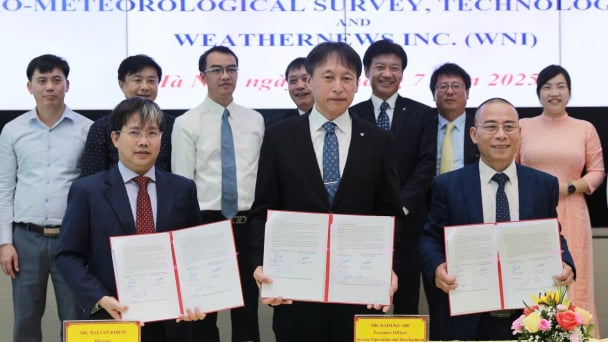
(VAN) Vietnam and Japan are strengthening cooperation in disaster preparedness, with a new initiative focusing on integrating artificial intelligence (AI) into typhoon and flood warning systems.

(VAN) Prime Minister Pham Minh Chinh and Malaysian Prime Minister Anwar Ibrahim discussed the early signing of rice trade agreement for Vietnam to support Malaysia's food security.

(VAN) At the July 31 meeting on CITES, Vietnam proposed legal reforms and expanded cooperation to effectively address transnational wildlife trafficking crimes.
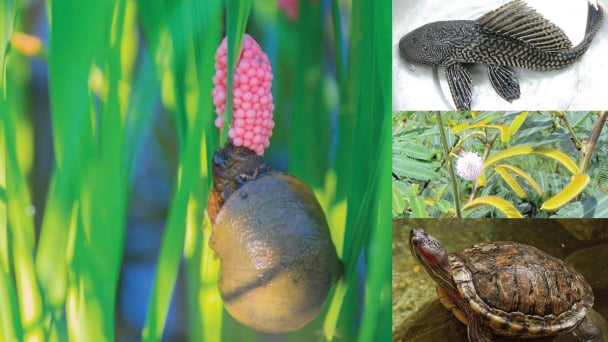
(VAN) Vietnam views management of invasive alien species as a pressing task, aimed at protecting biodiversity and local livelihood security.
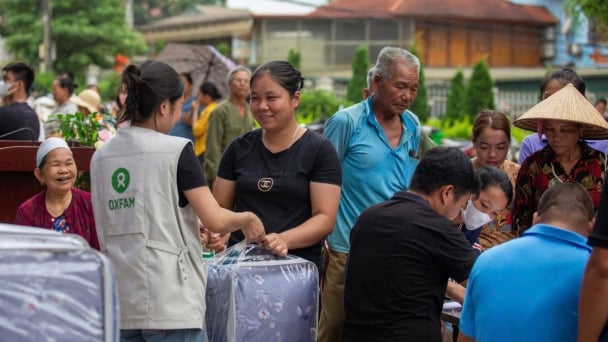
(VAN) On July 30, the Phu Tho Provincial Women's Union, in collaboration with Oxfam, organized a workshop to summarize the 2024 Project on Post-Typhoon Yagi Recovery.
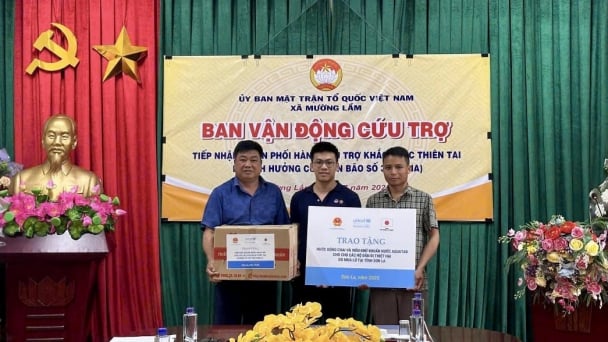
(VAN) UNICEF, in coordination with the Ministry of Agriculture and Environment, provided timely clean water support to residents in Son La and Nghe An affected by Typhoon Wipha.
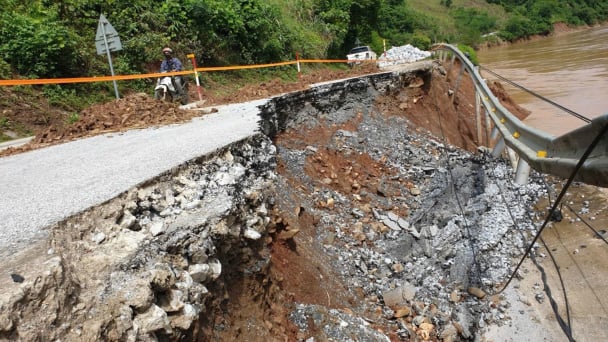
(VAN) According to Standing Office of the Steering Committee for Disaster Prevention, Search and Rescue, and Civil Defense of Nghe An, the province has incurred flood-related damages totaling nearly 3.4 trillion VND.